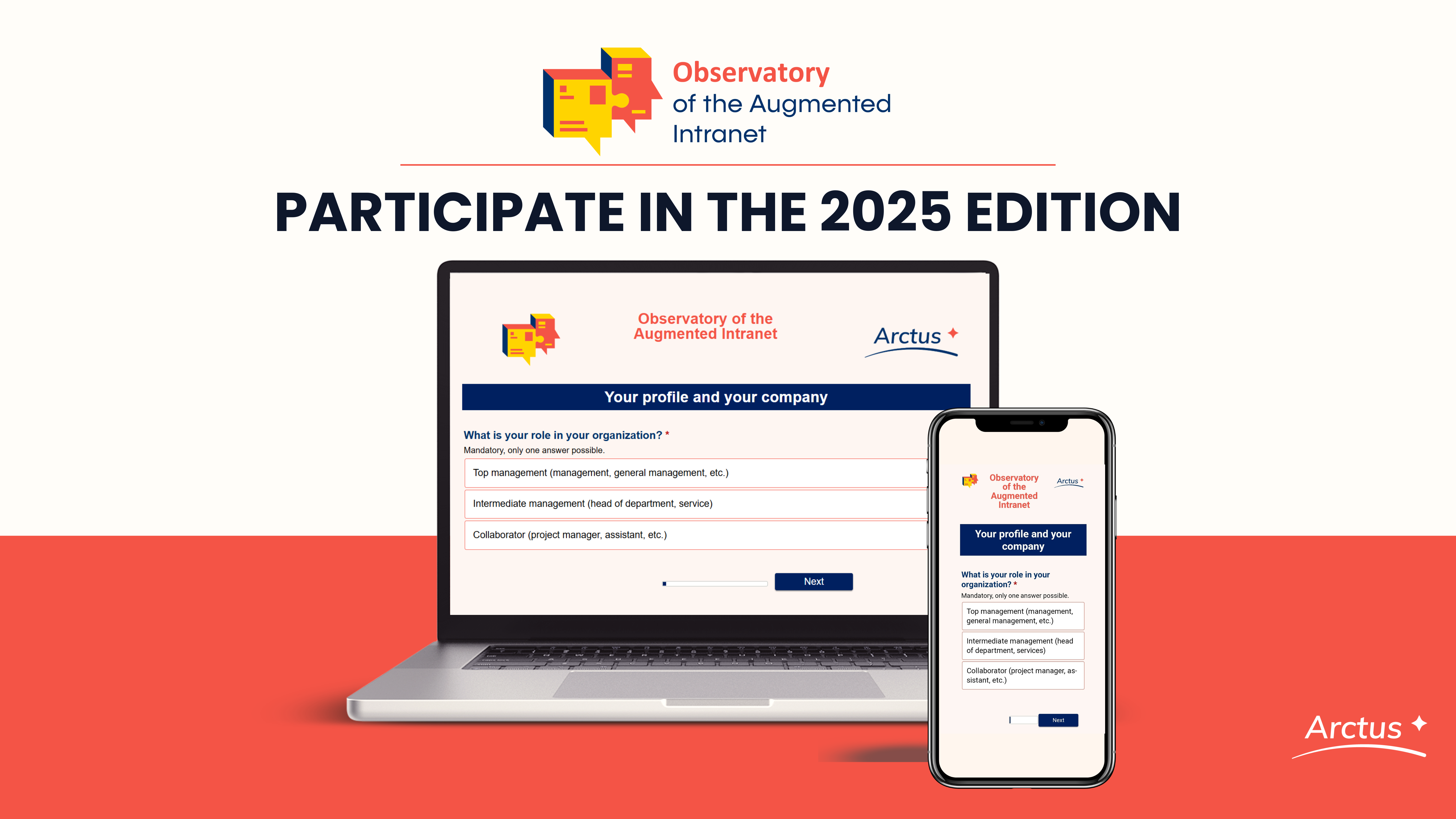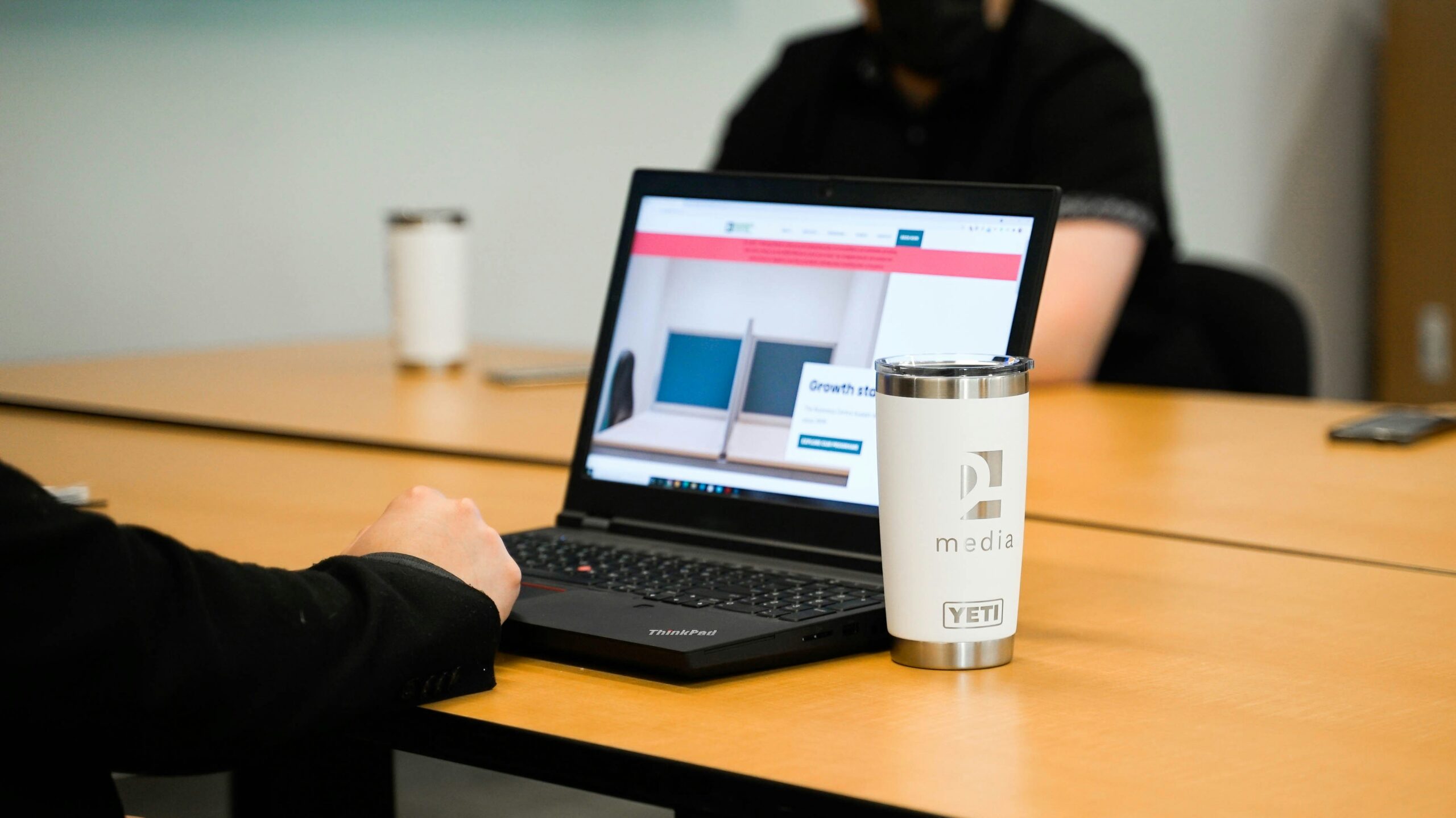INTRANET AND MOBILE APPLICATION: HOW TO ADDRESS YOUR UNCONNECTED EMPLOYEES? (1/4)

30 March 2023


Digital transformation is creating new internal communication challenges for companies with employees who work without a computer. To reach these non-connected employees, you may be wondering whether it's worthwhile to turn your intranet into a mobile application? In the age of instantaneous, mobile-first communication, it's a legitimate question. But don't be too hasty!
Au cours d’une série d’articles, nos consultants Estelle Banoum et Sébastien Chatel détaillent quatre les facteurs clés à considérer pour mener à bien votre projet de déclinaison d’intranet en application mobile.
In this first article, we answer the question "Who are your 'non-connected employees', anyway?" and present the first steps in assessing the project's relevance and anticipating technical and legal constraints.
WHO ARE NON-CONNECTED EMPLOYEES?

QUANTITATIVE DATA: THE 1ST STEP TO UNDERSTANDING AND ASSESSING THE EXISTING SITUATION
Before launching headlong into the development of a mobile application for the intranet, it's essential to define the populations your mobile application will address :
Where are they located geographically?
What are their professions?
Do they work in the same place every day, or are they mobile?
Is it possible to obtain a list or, failing that, an estimated number of the people you want to reach?
LISTEN TO THE NEEDS OF NON-CONNECTED EMPLOYEES TO DEFINE THE TARGET DEVICE

Once this initial data has been collected, it's important toassess the level of digital maturity and understand the needs of non-connected employees in terms of information, collaboration, social interaction and so on.
Chances are, an office worker will not be attentive or interested in the same content or functionalities as an employee operating in a sales outlet. The expectations of these "frontline workers", who are often on the move, will focus on very concrete needs, such as quick message exchanges, access to business applications, forms, files and local news, and less on reading strategic news a little far from their daily lives...
ANTICIPATE THE TECHNICAL AND LEGAL CONSTRAINTS INVOLVED IN SETTING UP A MOBILE APPLICATION
Mobile uses require adapted infrastructures and rules. So it's important to ask yourself the right questions.
Are all the locations where your employees work equipped with Wi-Fi (or a sufficient mobile network)?
Do your employees have smartphones that are recent enough to download your application (an important question, especially in developing countries, where equipment rates are generally lower)?
Are there any internal regulations prohibiting the use of personal telephones during working hours?
Do they work in hazardous environments such as ATEX zones (explosive atmospheres)?
The answers will enable you to make the most accurate assessment of your real needs.
MEET THOSE WHO KNOW

To assess a context, the best way is to ask questions of those who are able to express their needs and expectations in terms of information, collaboration, tools, functionalities, etc. To do this, there are numerous listening methods that can be adapted to suit the target audience: interviews, focus groups, online surveys, etc.
But beware: if non-connected populations are often the hardest to reach in internal communications, they will also be the hardest to reach to take part in these listening phases (mobilized on site all day, working 3/8 shifts, restricted access, or weak internet connection to access online surveys...).
To go further on the subject of unconnected employees, read our article on how to identify who the non-connected are, what their needs are and how to engage them.
👍 OUR ADVICE
Don't neglect this listening phase. Take the time you need to make sure you've captured the expectations of the social body, and for this, rely on the support of local managers. In addition, specific survey methods can be deployed to reach non-connected populations.
In our next article, we'll take a closer look at the notion of the mobile user experience and how it can create value.


